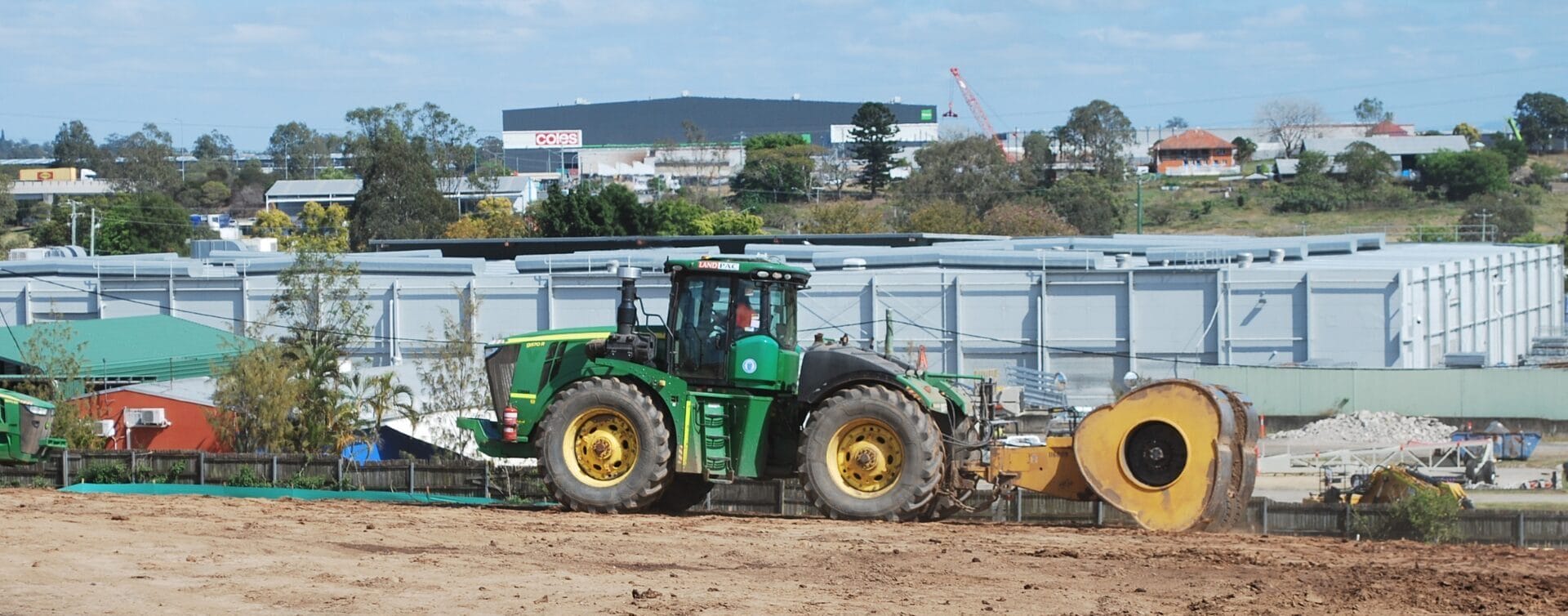
Uncontrolled vs Contaminated Fill | Why It Matters
Understand the difference between uncontrolled and contaminated fill, the risks of each, and how Landpac’s HEIC method delivers safe, stable ground.

Understand the difference between uncontrolled and contaminated fill, the risks of each, and how Landpac’s HEIC method delivers safe, stable ground.

Understand the difference between uncontrolled and contaminated fill, the risks of each, and how Landpac’s HEIC method delivers safe, stable ground.

Understand the difference between uncontrolled and contaminated fill, the risks of each, and how Landpac’s HEIC method delivers safe, stable
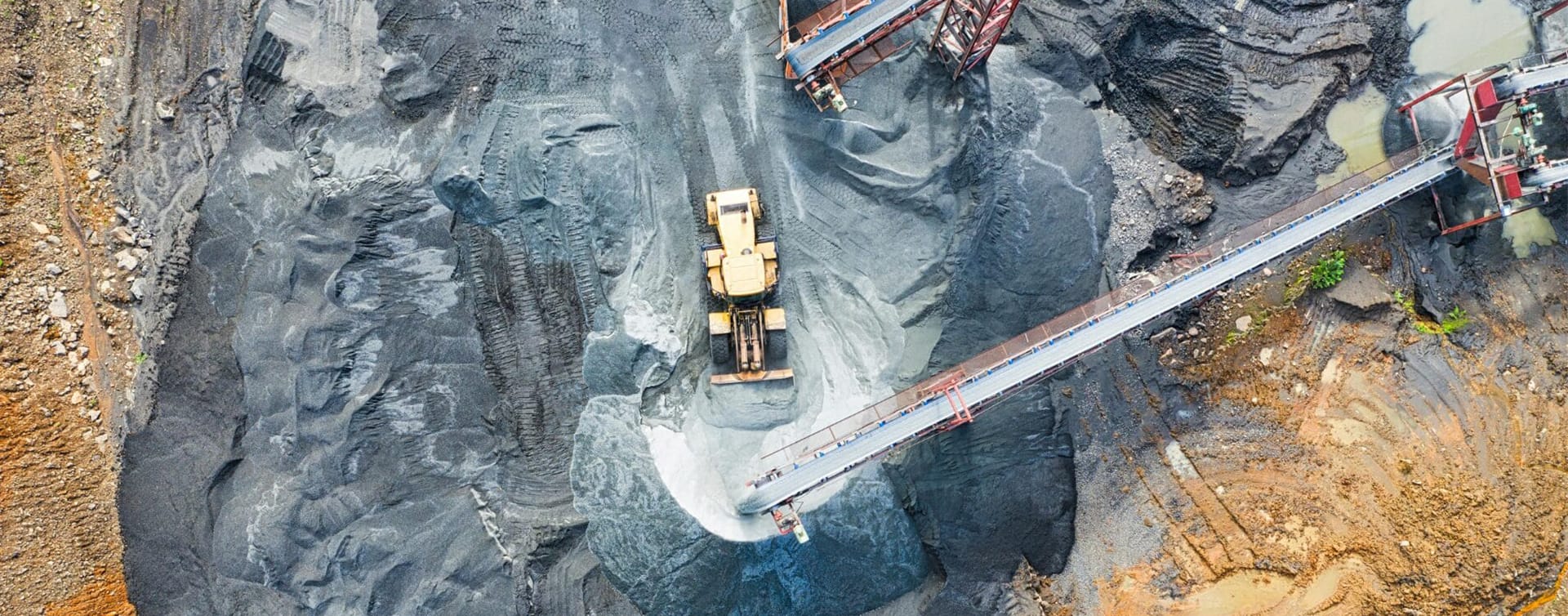
From haul roads in WA to tailings dams in QLD, High-Energy Impact Compaction (HEIC) is reshaping ground improvement across Australia’s

High Energy Impact Compaction (HEIC) revolutionises ground improvement with its ability to achieve superior soil density and stability. Unlike traditional
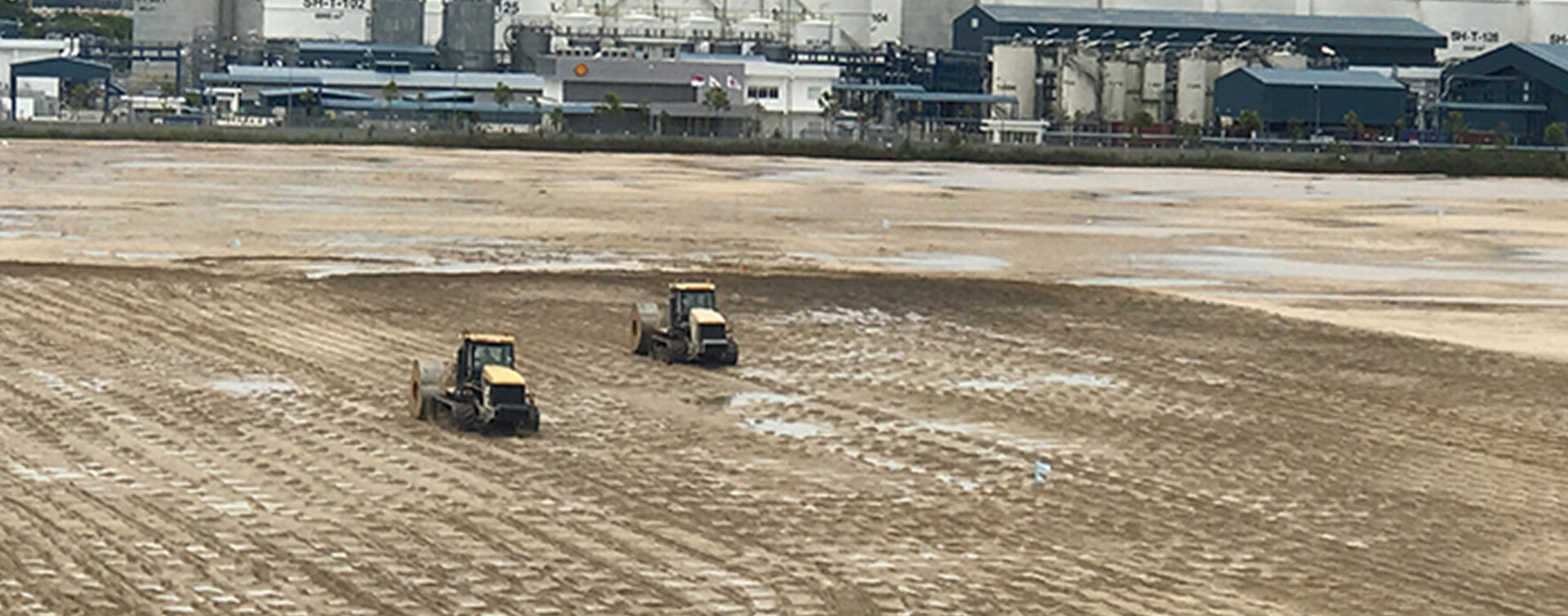
Ground improvement enhances soil stability and strength, reducing risks and costs in construction. Techniques like HEIC ensure efficient, sustainable solutions
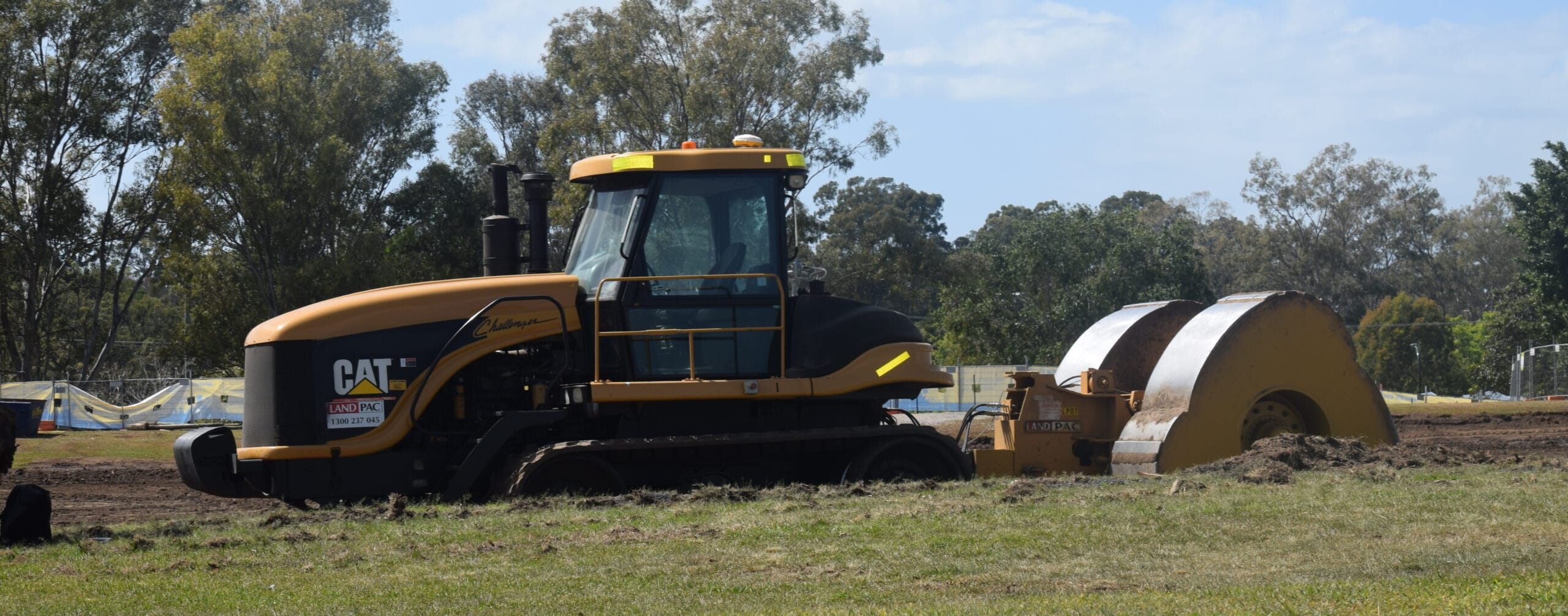
HEIC boosts sustainable construction by stabilising soil, cutting environmental impact, and reusing existing land. It’s a fast, efficient way to

ICM optimises HEIC with real-time data, ensuring uniform soil compaction for stronger, sustainable infrastructure. It reduces material use, energy consumption,
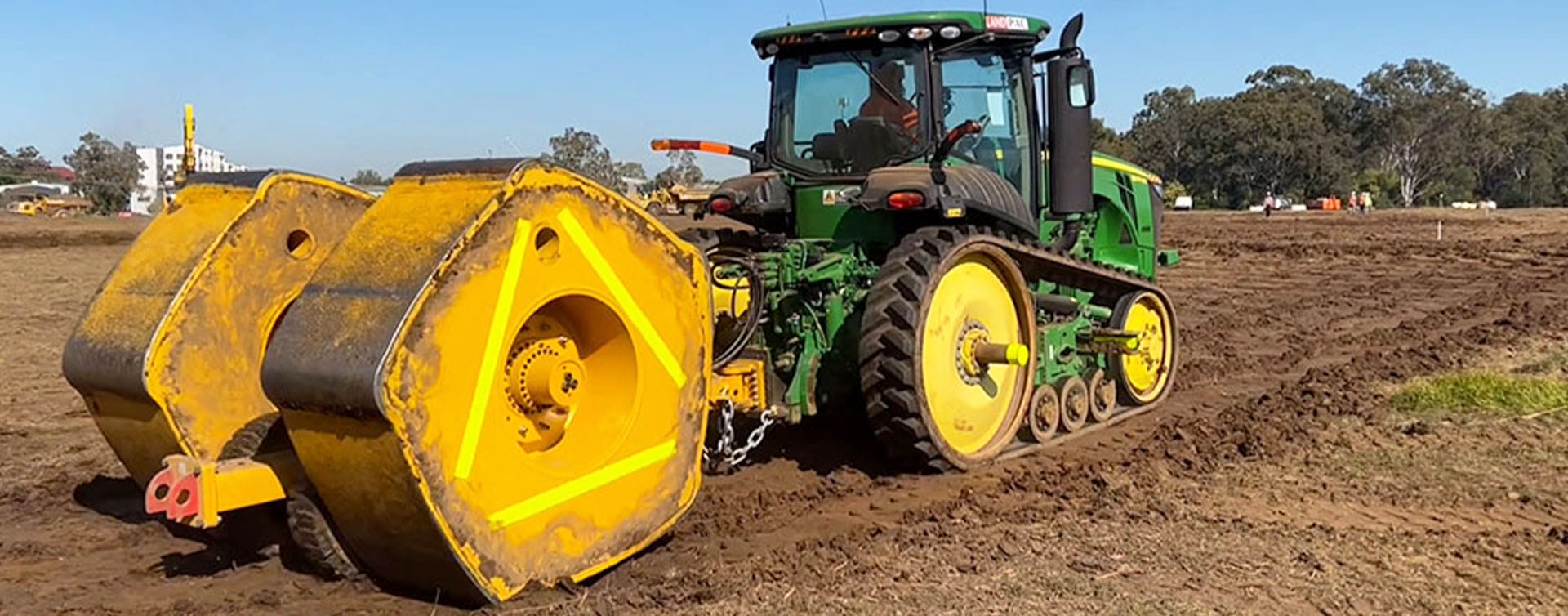
HEIC compacts soil with high-energy impacts, boosting stability, reducing excavation, and saving costs. Landpac delivers efficient, tailored solutions for ground

Site soil characterisation is essential for assessing soil strength and stability before and after deep compaction. It guides engineers in
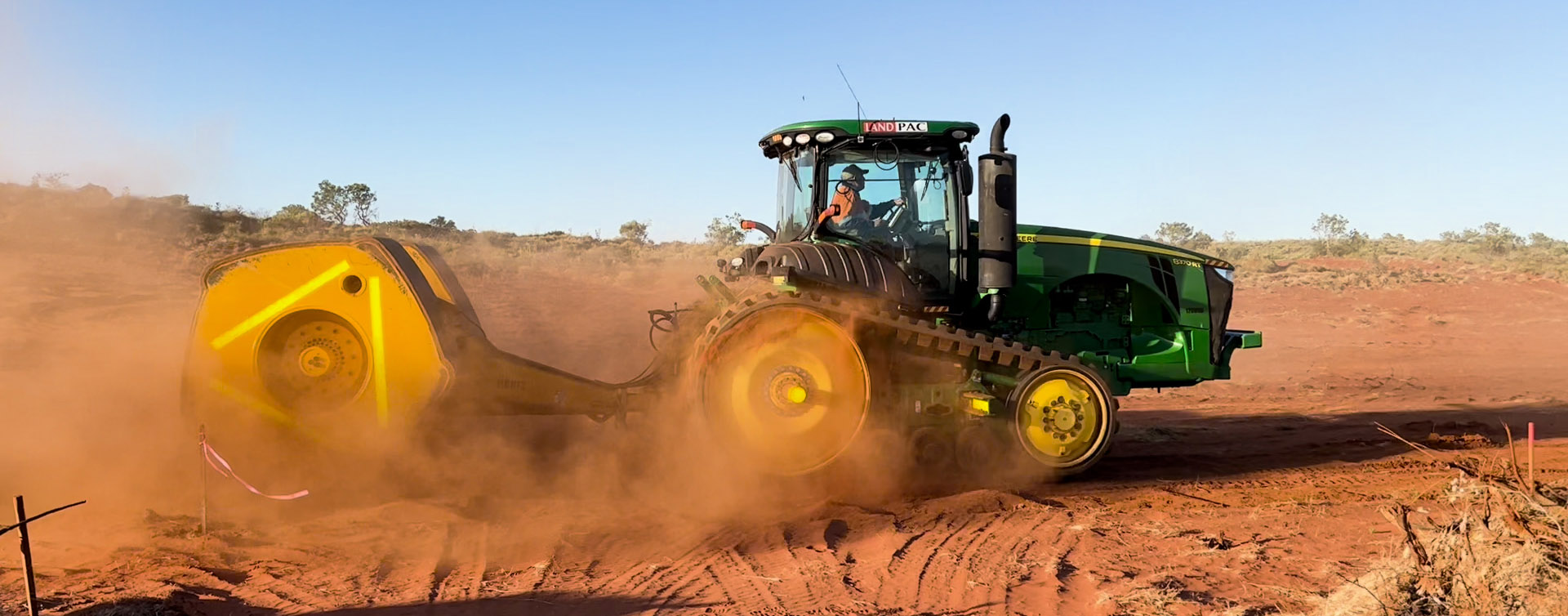
Ground improvement is a fundamental aspect of civil and geotechnical engineering, crucial for ensuring the stability and integrity of construction